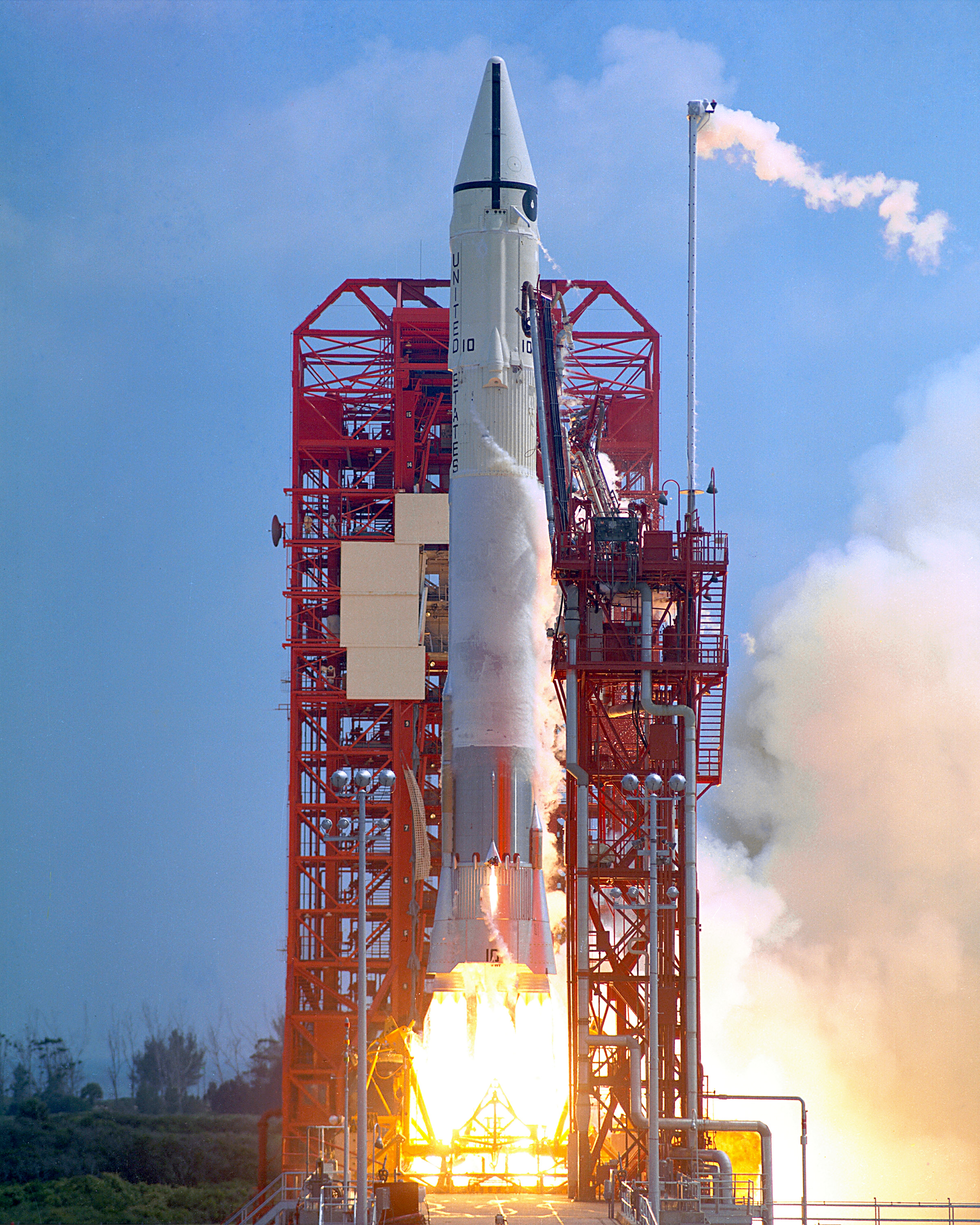“Easy Journey to Other Planets” is a short book by His
Divine Grace A C Bhaktivedanta Swami Prabhupada, the founder of the Hare
Krishna movement (officially the ISKCON). It was apparently a bestseller and
cult classic back in the days. I admit that it was slightly less bizarre than I
expected, and since I read Prabhupada mostly for the entertainment value, I
admit I found this somewhat disappointing. The Hare Krishnas are notorious for
denying the Moon landing (!), but in this book, Prabhupada never does so
explicitly. However, he does lay out the theological or metaphysical reasons
behind the denial, so I suppose “Easy Journey to Other Planets” can be of some
interest to those who, for reasons all their own, are interested in the far
side of this particular conspiracy theory.
Prabhupada argues that there is life on all planets, but since each planet differs significantly from Earth, special non-human bodies are required to live on them. This is, of course, true. The solution is pretty simple, though. Has the swami never heard of space suits? Perhaps he has, since Prabhupada seems to concede that perhaps astronauts can reach the Moon, but only temporarily. This, of course, is also true: it's what actually happened. Yet, these trivialities are (as usual in the case of this author) put forward as some kinds of dramatic discoveries or deep insights.
Prabhupada then claims that space travel is nothing new. The Indian yogis travelled to other planets long before modern man, with the aid of their yogic powers. Many of them have reached the Moon, where they discovered a race of long-living Selenites. In Prabhupada's cosmology, the highest planet is Brahmaloka, which is the abode of the demi-god Brahma, the ruler of the material cosmos. It would take a Sputnik 40,000 years to reach Brahmaloka, but an accomplished yogi can travel there in the blink of an eye! However, the author never tells us exactly how the yogis accomplish their marvelous feats, except that meditation and out-of-body travel has something to do with it.
The really important thing is to reach the planet of Krishna, which is spiritual and situated beyond the material planets. Even Brahmaloka is subject to decay or death. Going there is therefore a pointless exercise. Going to the Moon in a space suit to remain for a few hours is even less meaningful (I can't help agreeing with His Divine Grace on this point). But how does one reach Krishna's planet, which in this book is called Vaikhunta (I always assumed it was Vrindavana)? Apparently, it's all very simple: chant the Hare Krishna mantra, study “Shrimad Bhagavatam”, take instructions from a genuine guru, and follow the precepts of the Hare Krishna movement. If you do this in the spirit of bhakti (loving devotion), your mind will be purified and at the moment of death, you will see the Supreme Personality of the Godhead and be transported to the planet where nobody ever dies and the dance with the Lord goes on forever…
In other words, the Hare Krishna freaks who chant and are generally annoying at our urban streets are the true space travelers. I think I understand why this little book was so popular among hippies circa 1972. It makes you feel all spaced out, man!
I think it's obvious that Bhaktivedanta Swami, the old joker, is using the word “planet” in a very broad sense. The “planet” of Krishna reached by a devout lifestyle is simply Heaven. The material “planets” reached by the yogis, however, are interpreted as actual physical locations in “our” space, which is extremely strange and absurdly literalist. It therefore looks rather funny when Prabhupada claims that the ISKCON is “scientific” and predicts that Russian and American scientists will one day discover the transcendental realities mentioned in the “Bhagavad Gita” and “Shrimad Bhagavatam”.
What about the Moon landing? Well, apparently there is a passage somewhere in the Vedas where it's explicitly stated that nobody can reach other “planets” without spiritual preparation. Since Buzz Aldrin presumably wasn't an accomplished yogi or bhakta, the conclusion becomes inescapable: man never reached the Moon, and the whole Moon landing must therefore be a gigantic hoax of some kind. But, as already indicated, this conspiracy theory is never mentioned in the book.
A more reasonable take on the whole cosmic conundrum is that the Vedic “planets” (including the Vedic “moon”) are different locations or planes in the astral world, not actual physical globes in our space-time continuum. That higher realization would have spared the author a lot of embarrassment…

No comments:
Post a Comment